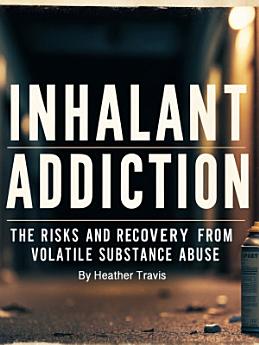Inhalant Addiction: The Risks and Recovery from Volatile Substance Abuse
About this ebook
The term "inhalants" encompasses a vast array of chemical substances that produce psychoactive effects when their vapors are inhaled. These substances include volatile solvents such as paint thinners, gasoline, and glue; aerosols like spray paint, deodorants, and computer keyboard cleaners; gases including butane, propane, and nitrous oxide; and nitrites such as amyl nitrite and butyl nitrite. What unites these diverse chemicals is their ability to produce rapid intoxication when inhaled, their widespread availability, and their potential to cause devastating health consequences including sudden death even on first use.
The demographics of inhalant abuse reveal disturbing patterns that distinguish it from other forms of substance abuse. While most addictive substances show peak usage rates in late adolescence or early adulthood, inhalant abuse often begins in early adolescence, with many users starting as young as twelve or thirteen years old. This early onset is partly due to the accessibility of inhalants, which do not require the social connections, financial resources, or age-related access restrictions associated with alcohol, tobacco, or illegal drugs. The fact that these substances are legal, inexpensive, and readily available in most households makes them particularly attractive to young people who may have limited access to other intoxicating substances.








